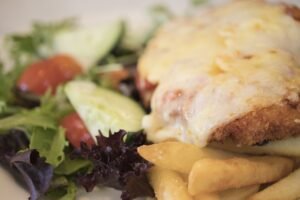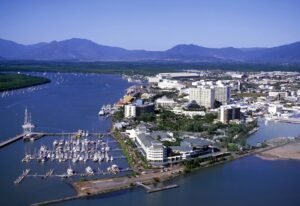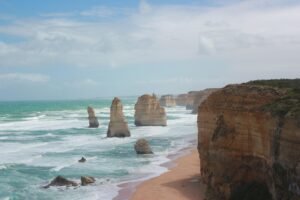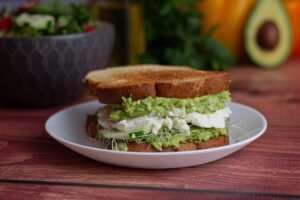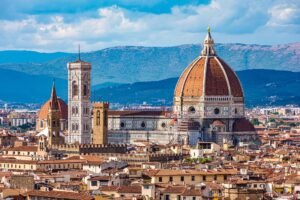How to travel Australia east coast | East Coast Australia Travel Guide | Pick My best.
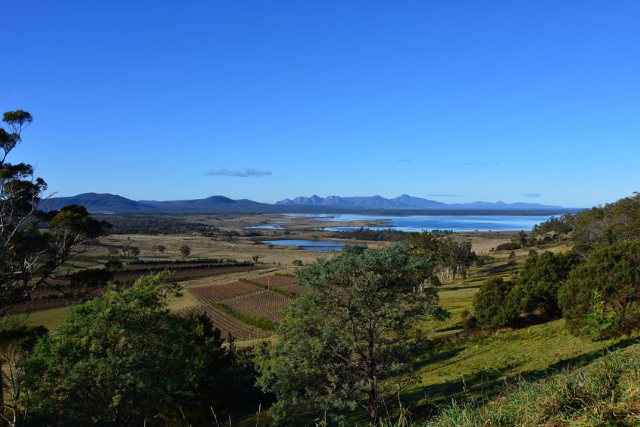
This is the ultimate travel guide for the east coast of Australia. I spent over six months on the east coast—I lived in Sydney for about five months working, and then I traveled up and down the east coast, visiting all the beach towns and enjoying everything it had to offer. It was amazing, and I definitely recommend visiting Australia. You’re in the right place if you want to learn about the east coast of Australia. At the end of the Blog, I’ll talk about budget and trip costs for Australia, so if you’re interested in that, just skip to the end where I’ll go over costs, budget, etc.
If you don’t know me, I’m Jobair Hossain, a travel content creator. If you want to learn more about travel, get inspired, or just love travel, hit the Follow(@dreamytravelersofficial)—it helps me out so much! Please, please hit that follow button. Cool, anyway, let’s start with when you should go to Australia.
In northern Queensland, you have two seasons:
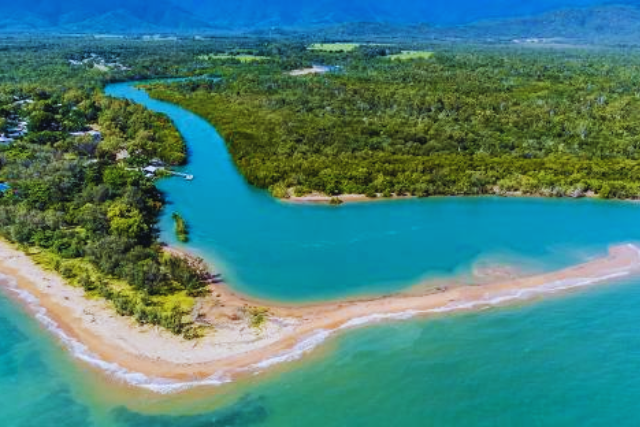
the wet season and the dry season. The wet season runs from November to April, and the dry season is from May to October. For the south of Australia, the best time to visit is from November to April, as this period offers the most sunny weather and warm waters. However, expect it to be very touristy between December and February because kids are off school, and that’s when most people travel in Australia.
If you’re looking for a less crowded time with still-warm weather, April and October are ideal shoulder seasons to travel. It can also be cheaper during these times.
Another question I get asked is, “How long should I spend traveling the east coast?” I’d recommend about three to six weeks. I know that’s quite a range, but for most people, four weeks is perfect. You can easily do it in three weeks, or if you’re a slow traveler, you can stretch it to five or six weeks. Keep in mind, though, that the east coast of Australia isn’t the only part of the country worth visiting. There’s the Northern Territory, Western Australia, South Australia, Tasmania—there’s so much to see! Even if you only spend three weeks on the east coast, you could spend another six weeks exploring other parts of Australia.
Let’s move on to transport and how to get around Australia:
One of the most common and cheapest ways to travel in Australia is by bus. I used Greyhound buses, which allow you to hop on and off all along the east coast. They actually operate all over Australia. For 200 Aussie dollars, you can get a pass that covers unlimited trips from Cairns to Melbourne within 30 days. You can travel in either direction with this pass—it’s a fantastic deal.
Another common option is to rent cars or motorhomes, or even buy them if you’re staying in Australia for a longer time. Honestly, I think road-tripping is the best way to explore Australia. If you’re young and don’t have much money, though, this might not be the most affordable option. But if you can manage it, road-tripping the east coast is incredible because you can stop wherever you want.
Another option is to take short flights. Flights of one to two hours can cost just 70 to 100 Aussie dollars. I used Jetstar, a budget airline in Australia, and I’d recommend it if you want to save time and avoid long bus rides.
Let’s talk about the route—what route should you take? When traveling the east coast of Australia, there are really only two ways to do it: north to south or south to north. Let’s start with the south-to-north route.
Starting in Sydney:
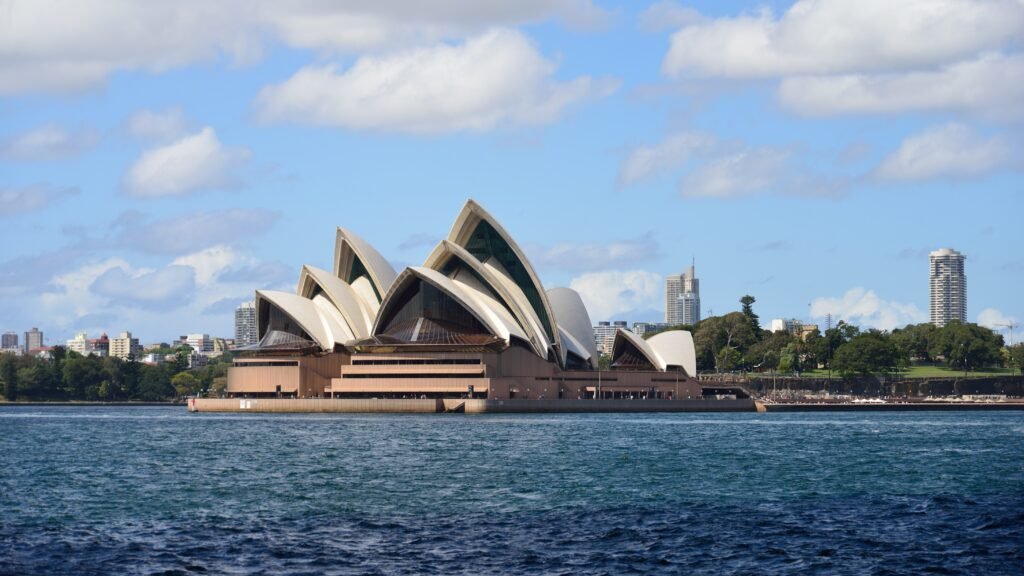
Starting in Sydney, which holds a special place in my heart, as I lived there for five months. I know the city really well, including the best beaches, and I honestly think it’s one of the best cities—if not the best city—I’ve ever visited.
Sydney has so many beaches to choose from. Two I’d recommend are Palm Beach and Manly Beach, both located on the northern beaches. They’re must-visit spots. Palm Beach, in particular, is a bit of a journey from Sydney’s city center, but it’s definitely worth it. There are hardly any crowds, and it’s by far the most beautiful beach in Sydney.
Another must-do in Sydney is the Coogee to Bondi coastal walk. It’s an incredible experience, with breathtaking views along the way. I’m not exactly sure how long it is, but honestly, it’s a must-do. It’s a classic coastal walk, offering stunning views of the city and the ocean.
Along the way, you’ll see the Bondi Icebergs, which are these iconic swimming pools near the rocks overlooking the sea. It’s Incredible—please make sure to do this walk! Another must-do is walking around Sydney Harbour. It’s absolutely stunning. Be sure to visit the Opera House, the Royal Botanic Garden, and just take in the beauty of the harbor. Sydney is such a beautiful city set right on the water.
Also, if you’re in Sydney, make sure you visit the Blue Mountains. It’s just a two-hour train ride from Sydney, and if you go on a Sunday, it will only cost you $2.60 because of a special travel deal with the Opal card (not Oprah card—Opal card, that’s the one!). The Blue Mountains is a breathtaking spot with incredible landscapes, waterfalls, and hiking trails. If you’re into hiking, this is the place to be.
Stay in Katoomba, the main town in the Blue Mountains, and you’ll have an amazing time. Be sure to visit Echo Point, where you can see the famous Three Sisters—it’s absolutely worth it.
north to Byron Bay
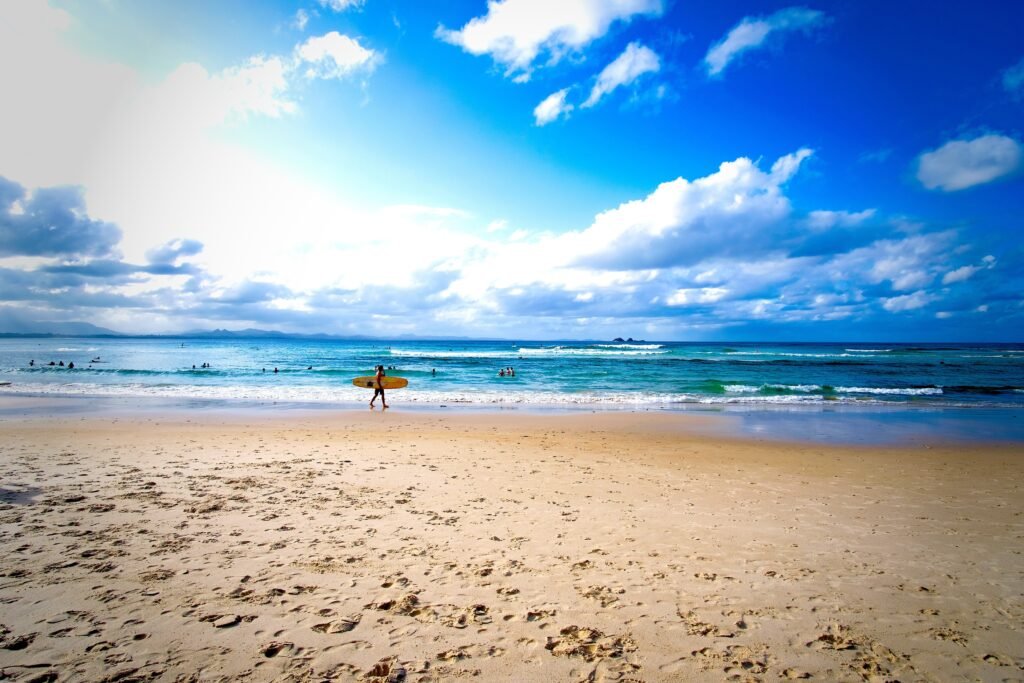
From Sydney, head north to Byron Bay. There are plenty of towns in between, but I didn’t stop in any of them. Most are beautiful beach towns, and, honestly, all Australian beaches are stunning. But let’s focus on Byron Bay, a chilled-out town with a local surfer vibe.
Byron Bay is the easternmost point of Australia and is absolutely amazing. It’s full of travelers, so you’ll meet lots of cool people. It has this hippie-town atmosphere that makes it unique and worth visiting.
Heading further north, you’ll reach the Gold Coast. I like to compare the Gold Coast to Florida—it’s got incredible beaches, theme parks, and a vibrant nightlife. It’s almost like a mini Las Vegas in some ways. The city feels modern, with massive sweeping beaches and tall skyscrapers. Definitely check it out; it’s a fun place to visit.
After the Gold Coast, head to Brisbane. Some people say it’s a boring city with not much to do, but I actually enjoyed it! Spend two or three days there—it’s a great city to fly into, as it has a major international airport. Visit the South Bank, which is along the river and has a beautiful outdoor pool where you can relax.
head north to the Sunshine Coast
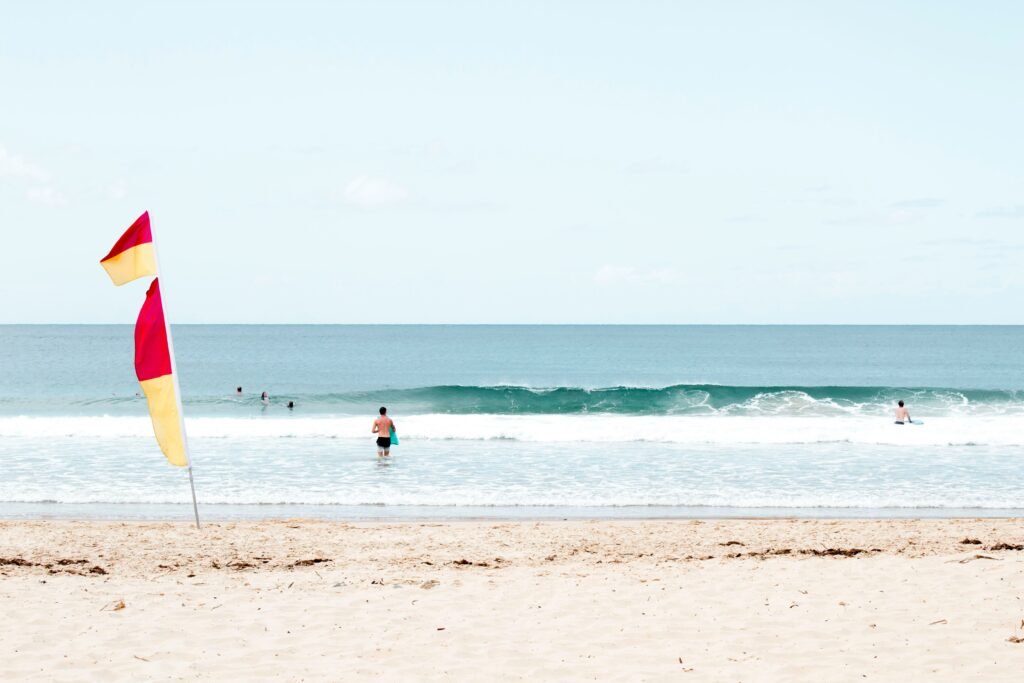
Then head north to the Sunshine Coast, one of my favorite places in Australia. It’s less touristy than other spots but absolutely stunning. Noosa is a must-visit—it’s gorgeous. The Sunshine Coast is full of activities, from hiking in the rainforest to exploring waterfalls and the Glass House Mountains. It’s the kind of place where you could easily imagine living.
Keep traveling north to Fraser Island. You’ll need to access it via Rainbow Beach, but it’s incredible. Fraser Island is the largest sand island in the world and feels like a magical place. I did a two-day, two-night camping trip there, and it was amazing. It’s pretty affordable for what you get, and you’ll meet lots of great people.
head to the Whitsunday Islands

Head to the Whitsunday Islands, one of my favorite destinations in all of Australia. You’ll get there via Airlie Beach, where you can take a boat tour around the islands. Be sure to visit Whitehaven Beach, which is considered one of the best beaches in the world with its pristine white sand and crystal-clear waters.
While there, we saw lemon sharks and stingrays—it was incredible! You can also dive or snorkel in the Great Barrier Reef, which I highly recommend.
Then go to Magnetic Island, further north in Queensland. It’s a tropical paradise with stunning beaches and a large colony of koalas. It’s only a 20-minute ferry ride from Townsville, and trust me, you’ll love it.
head to Cairns
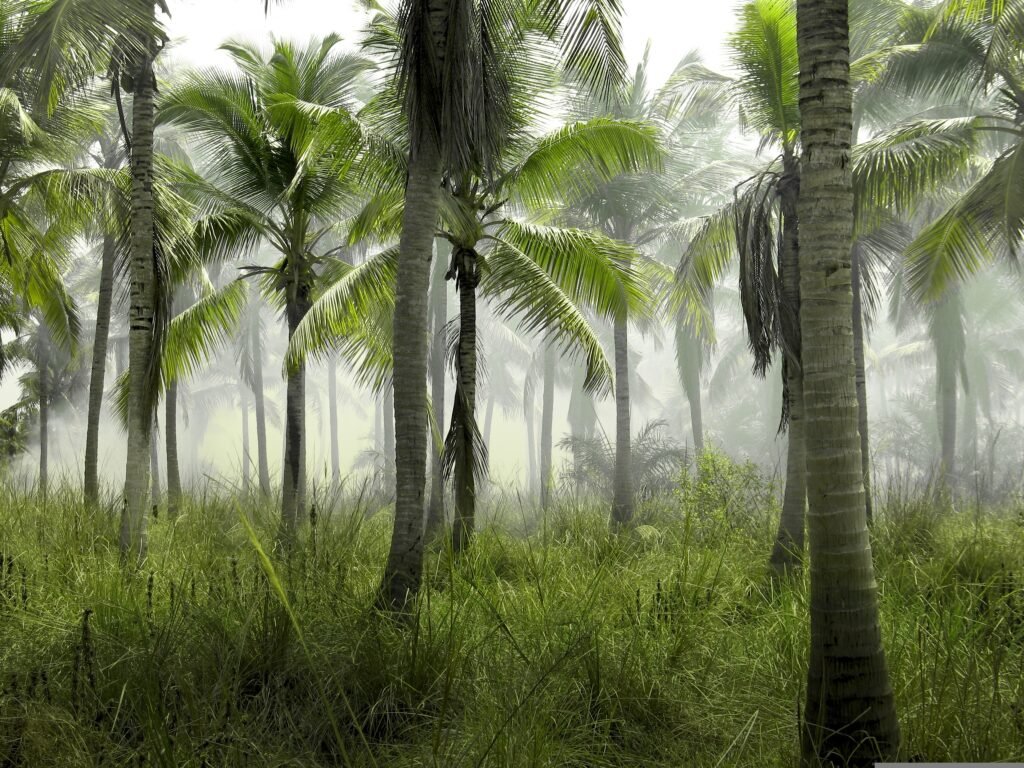
Finally, head to Cairns, which is a great base for exploring the Great Barrier Reef and the Daintree Rainforest, the oldest rainforest in the world. The rainforest is filled with incredible plants and animals—you’ll be amazed.
If you travel slightly further north, you’ll reach Cape Tribulation, home to some of the most stunning beaches you’ll ever see. With tropical palm trees lining the shores, it’s like paradise.
let’s talk about the budget
Australia is truly amazing. Now, let’s talk about the budget and the cost of traveling there, as this is a big concern for many people. Australia is known to be an expensive destination, so let’s start with hostel prices. I’ll read the prices off here. Just be aware that the prices mentioned are in Aussie dollars.
If you’re unfamiliar with the currency, you can use a currency converter to quickly check the rates. Hostel prices range from about 20 to 40 Aussie dollars per night. In cities, it’s more expensive, but in less touristy areas, hostel prices tend to be cheaper. For private rooms, expect to pay between 60 and 110 Aussie dollars per night.
Meals can cost around 20 Aussie dollars for a standard meal out, but they can be much more expensive in certain places. If you opt for a cheaper fast food meal, it might only be about 10 Aussie dollars. The most budget-friendly way to eat in Australia is by cooking your own food. It’s incredibly cheap—you could prepare meals like pesto pasta for as little as 1 dollar per serving. If you’re on a strict budget, cooking is the way to go. Most hostels have kitchens, although not all do, so be sure to check. Cooking for yourself will save you loads of money compared to eating out, which can quickly drain your cash.
If you enjoy drinking, be prepared—this can be a significant part of your budget as alcohol is very expensive in Australia. A single beer at a bar can cost around 9 Aussie dollars, which adds up fast. However, there’s a budget-friendly option that almost every backpacker in Australia tries at some point: it’s called “goon.” Goon is essentially cheap boxed wine. You can get about five liters for around 15 Aussie dollars, which is an amazing price. It’s not the best-tasting, but it’ll do the job, and you can split the cost with friends. It’s the best way to enjoy a night out without breaking the bank.
One of the largest expenses you’ll face while traveling in Australia is tours. Whether it’s a Fraser Island tour, a Whitsunday Islands tour, or a rainforest tour, these experiences can be pricey. To save money, consider booking all your tours together through a hostel to get a package deal. Another tip is to wait until the last minute to book, as tour companies often offer discounts to fill remaining spots.
These tours are absolutely worth it because they’re sometimes the only way to access certain incredible locations. Don’t miss out—doing the tours will give you a true Aussie experience, and you’ll meet plenty of fellow travelers along the way.
let’s talk about daily budgets.
Now, let’s talk about daily budgets for traveling in Australia. Based on my experience, a daily budget of 60 pounds (around 110 Aussie dollars) works well. This budget will cover most expenses, but if you drink a lot or do frequent tours, your costs will increase significantly. However, drinking goon can keep those costs in check—it’s cheap but, trust me, not the easiest thing to drink a lot of!
For a four-week trip along the east coast of Australia, I would budget around 3,500 Aussie dollars. However, it’s wise to save up a bit more—maybe closer to 4,000 Aussie dollars—to be safe. This amount does not include flights in and out of the country or visa costs. If you drink heavily or take extra tours, your expenses will rise, but this estimate provides a solid target to aim for when planning your trip.
I hope this information was helpful! If you have any questions about traveling in Australia, please leave them in the comments below, and I’ll be happy to answer them. You can also DM me on Instagram at girlfriendy, and I’ll get back to you—promise!
If you enjoyed this blog or found it helpful, please hit follow and like the blog. It really helps me out. Thank you so much for Reading, and I’ll see you in the next blog, hopefully with some exciting travel content. See you soon—bye!
frequently asked.
What is the best time to travel along the East Coast?
the wet season and the dry season. The wet season runs from November to April, and the dry season is from May to October. For the south of Australia, the best time to visit is from November to April, as this period offers the most sunny weather and warm waters. However, expect it to be very touristy between December and February because kids are off school, and that’s when most people travel in Australia.
How long does it take to travel the East Coast?
I’d recommend about three to six weeks. I know that’s quite a range, but for most people, four weeks is perfect. You can easily do it in three weeks, or if you’re a slow traveler, you can stretch it to five or six weeks. Keep in mind, though, that the east coast of Australia isn’t the only part of the country worth visiting. There’s the Northern Territory, Western Australia, South Australia, Tasmania—there’s so much to see! Even if you only spend three weeks on the east coast, you could spend another six weeks exploring other parts of Australia.
What budget should I plan for?
- Backpacker budget: ~$70-$100/day (hostels, buses, cheap meals).
- Mid-range: ~$150-$250/day (hotels, car hire, dining out).
- Luxury: $300+/day for high-end accommodations and activities.



